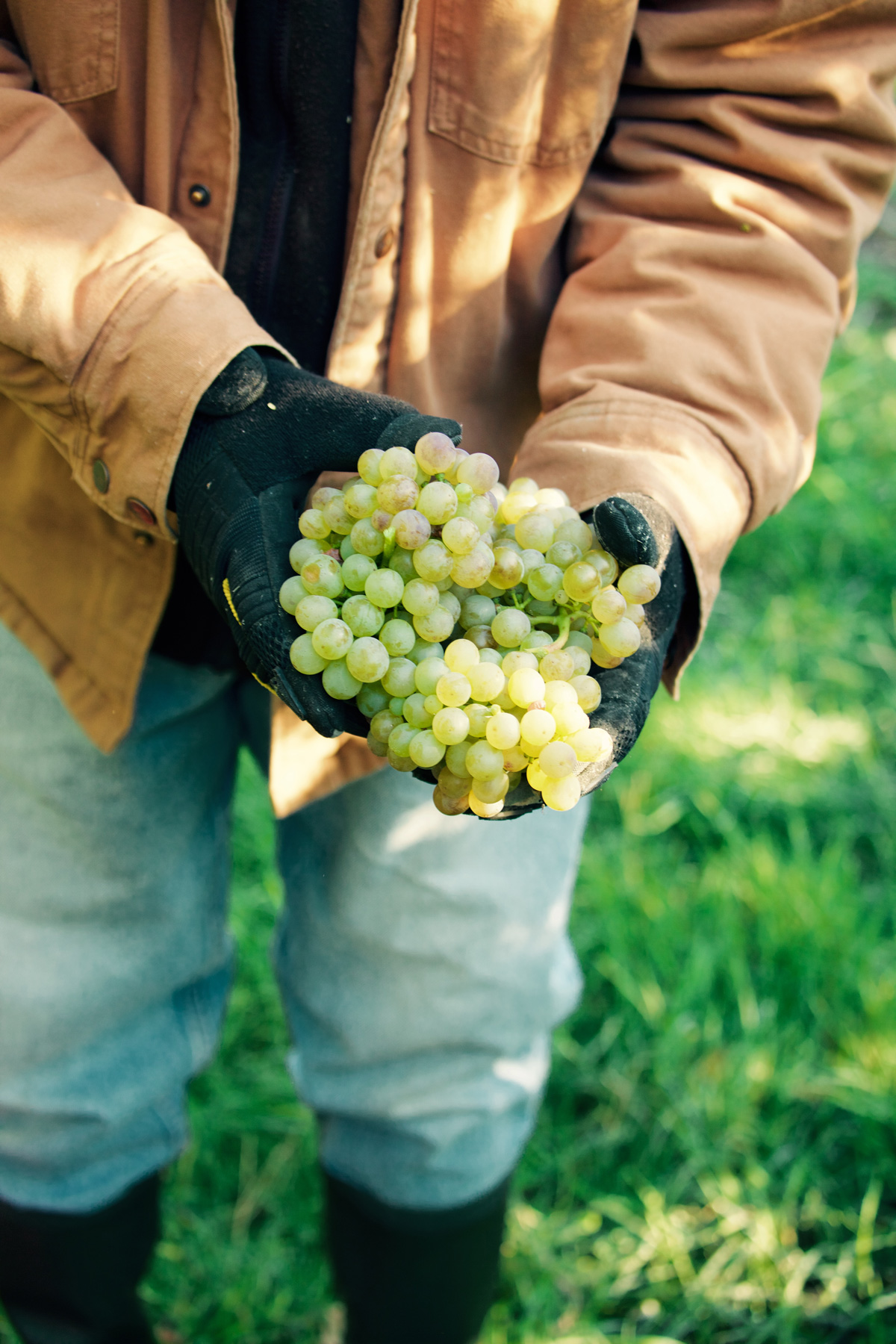
Wine Culture Magazine

When founder Vera Klokocka and her husband bought an old apricot orchard on the Naramata Bench back in 1979, her instincts told her that its gravelly, sun-soaked slope would be better suited for growing grapes. Her instincts were right.
By 1984, 3.6 acres of orchard gave way to noble grape varieties and Vera forged ahead. Her fortitude and pioneering spirit were instrumental in convincing the B.C. government to introduce a new policy permitting small growers to make and sell wine from their cellar door. Hillside was one of the first wineries granted this “farmgate” license. Not only did her efforts mark Hillside Winery’s beginnings, they would also shape its future.

Hillside winemaker Kathy Malone
Today, winemaker Kathy Malone is at the helm. When she arrived in 2008, her instincts (and 23 years of experience) also told her the Naramata Bench possessed a special quality. “Right away, I recognized there was something unique and compelling about the grapes grown on the Naramata Bench. The vines planted here produce wines of great balance, complexity, juiciness and finesse.
The Naramata Bench may be one of the only regions in the world where grapes grow on glacial till.
The geographic orientation and soil composition of the Naramata Bench, Malone explains, make it uniquely suited to growing a broad range of wine grape varieties while producing high-quality wine. Its proximity to the lake affords a moderating effect on temperatures, reducing threat from cold damage in winter and heat stress in summer, while the western aspect takes advantage of the last rays of afternoon sunshine, reflected off the lake, for full ripening power. “Conditions,” she says, “that allow Hillside to grow big reds in what would normally be considered too northerly a region.”
But it’s not just that: When she did comparison tastings of wines made from single-block Merlot grapes straddling Naramata Road, Malone found the wines shared a similar strand of “bright, plummy flavours” and a distinct note that she describes as “wet potter’s clay,” and yet each block tasted different from the other. “They were all beautifully structured wines but they were very different,” Malone says. “Now we understand that geologically the soil is very different above Naramata Road than the soils found below Naramata Road.”
 Hillside president and owner Duncan McCowan, who is a geologist by trade, perhaps best tells the story of Naramata Bench’s geology. “Twelve thousand years ago, what the current Naramata Road is, was the old high-level water mark of Glacial Lake Penticton. So, above the road were gravels, granites and igneous rocks that were glaciated. And then below the road are the lake bottom (lacustrine) silts. That is why along the Naramata Bench we have such unique variations of soils. We have perhaps some of the only vineyards worldwide that are planted on glacial till,” McCowan says.
Hillside president and owner Duncan McCowan, who is a geologist by trade, perhaps best tells the story of Naramata Bench’s geology. “Twelve thousand years ago, what the current Naramata Road is, was the old high-level water mark of Glacial Lake Penticton. So, above the road were gravels, granites and igneous rocks that were glaciated. And then below the road are the lake bottom (lacustrine) silts. That is why along the Naramata Bench we have such unique variations of soils. We have perhaps some of the only vineyards worldwide that are planted on glacial till,” McCowan says.
Indeed, it’s a history so compelling that Hillside remains committed to producing all of its wine exclusively from Naramata Bench-grown grapes.
Malone hopes that the Naramata Bench may be the next sub-region to be officially recognized within the geographical indication (GI).
“Most of the wineries are on board, and the growers are very excited,” she says. “I think this particular step is key for establishing the validity of our region, as well as fostering interest in it.”
Vera, no doubt, would agree.
Hillside Winery & Bistro
1350 Naramata Road, Penticton
250-493-6274
hillsidewinery.ca

Vitis is is an indispensable seasonal guide for vintners, sommeliers and weekend imbibers alike that is dedicated to British Columbia’s rapidly evolving wine culture.

Vitis is is an indispensable seasonal guide for vintners, sommeliers and weekend imbibers alike that is dedicated to British Columbia’s rapidly evolving wine culture.
Copyright © 2025 - All Rights Reserved Vitis Magazine